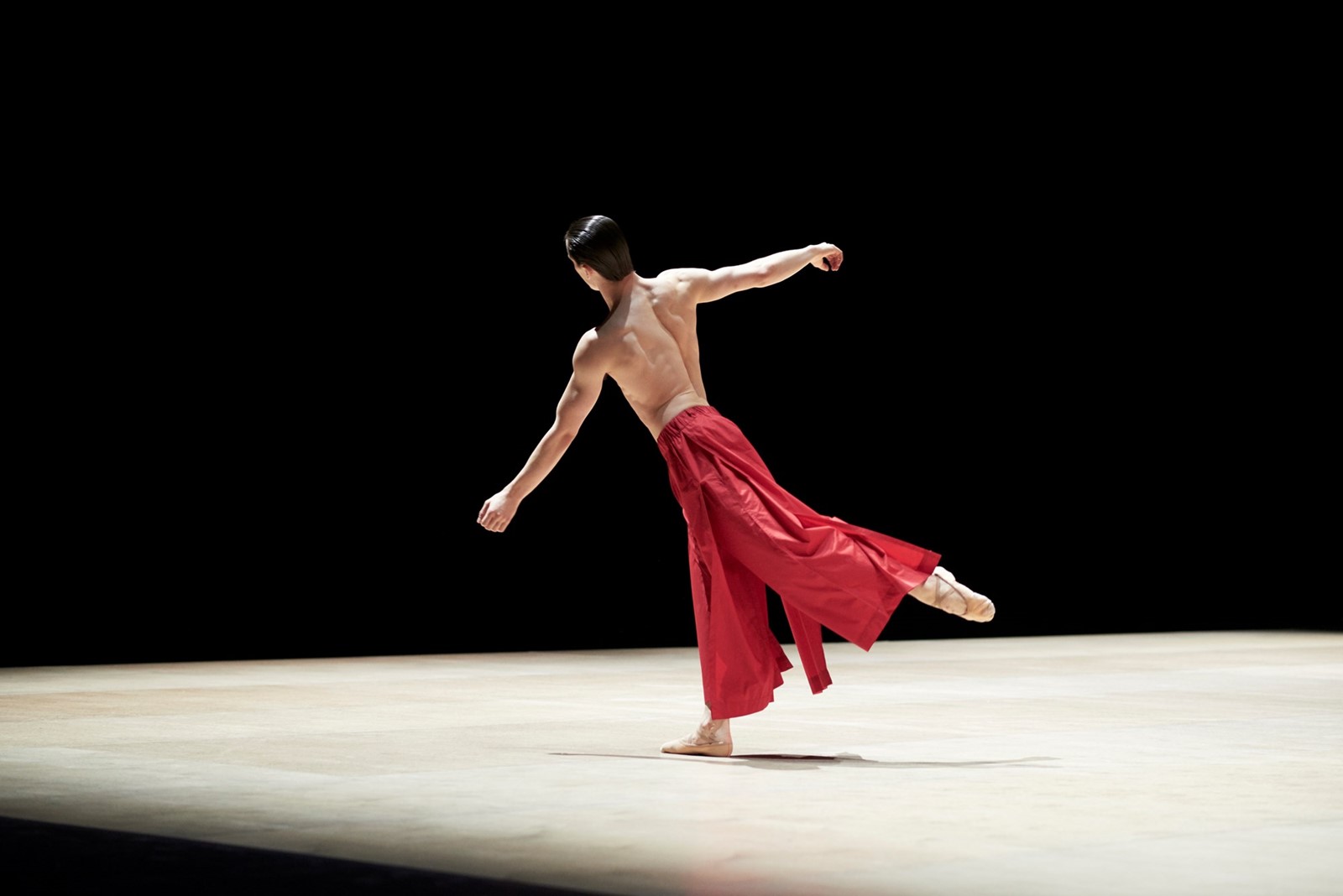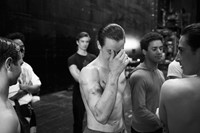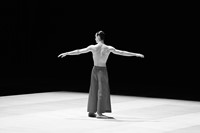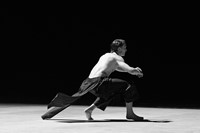Forays into unexplored cultural terrain have come to be expected of Wayne McGregor, the UK’s most forward-thinking choreographer and dance director. His latest extraordinary production for the Royal Ballet, Obsidian Tear, themed upon myth and modernity, is no exception, boasting two unique and intrepid elements for both creator and company. One, is its all-male cast. The other, the collaboration with AnOther Magazine's fashion director Katie Shillingford, who styled the cast in looks from contemporary menswear collections – a world first.
Since being appointed the Royal Ballet’s Resident Choreographer a decade ago, McGregor has created a series of avant-garde productions for the company including his recent Olivier-award winning, literary-themed, Woolf Works and Chroma, an investigation into the body’s capacity to communicate extremes of thought and emotion. From 1992, he has also made over 30 arresting works for his Sadler’s Wells resident, Company Wayne McGregor, such as 2015’s Tree of Codes in partnership with artist Olafur Eliasson and musician Jamie XX, and choreographed pieces for the Paris Opera Ballet, New York City Ballet and San Francisco Ballet, amongst others, as well as venturing into the worlds of film, music, science and fashion.
Although dance and fashion have been dueting gracefully for centuries, until now these pairings entailed a solo designer being commissioned by a choreographer or company – think Coco Chanel and Ballet Russes, Riccardo Tisci for the Paris Opera Ballet, Azzedine Alaïa for Ballet Preljocaj and Hussein Chalayan's recent partnership with Damien Jalet for Sadler’s Wells. And, of course, McGregor’s relationship with Gareth Pugh, who created the costumes for his 2012 Royal Ballet production, Carbon Life. The designer then inviting McGregor to choreograph the final act of his S/S15 show at New York Fashion Week, prior to their latest collaboration on a film directed by Ruth Hogben, for AnOther’s seminal Movement Series – both of which were styled by long-term Pugh collaborator Shillingford.
The consuming single-act Obsidian Tear was instigated by McGregor’s visceral reaction to a performance of Nyx by renowned Finnish composer, Esa-Pekka Salonen. A departure for McGregor, who tends to commission original compositions, but the piece demanded a choreographic response. “I really felt compelled to make it,” he offers, in the near-empty auditorium following a stage rehearsal as we discuss the inclusion of another Salonen composition, Lachent Verlent, at the ballet’s beginning. “Nyx is such an epic, mythological work which contains this archive of past composers and references and yet is still very modern, so I wanted to start with a contrast, something singular and eloquently minimal.”
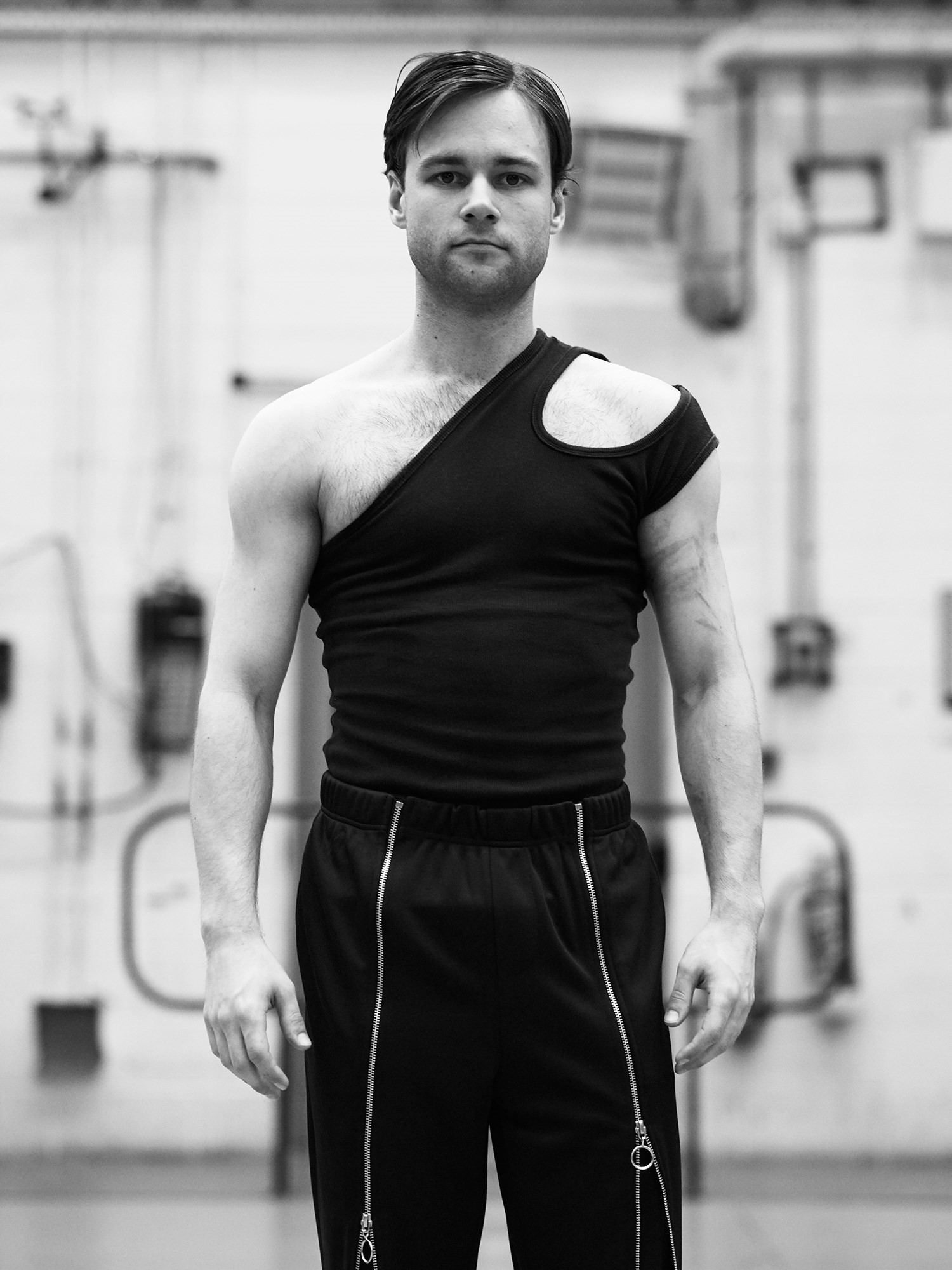
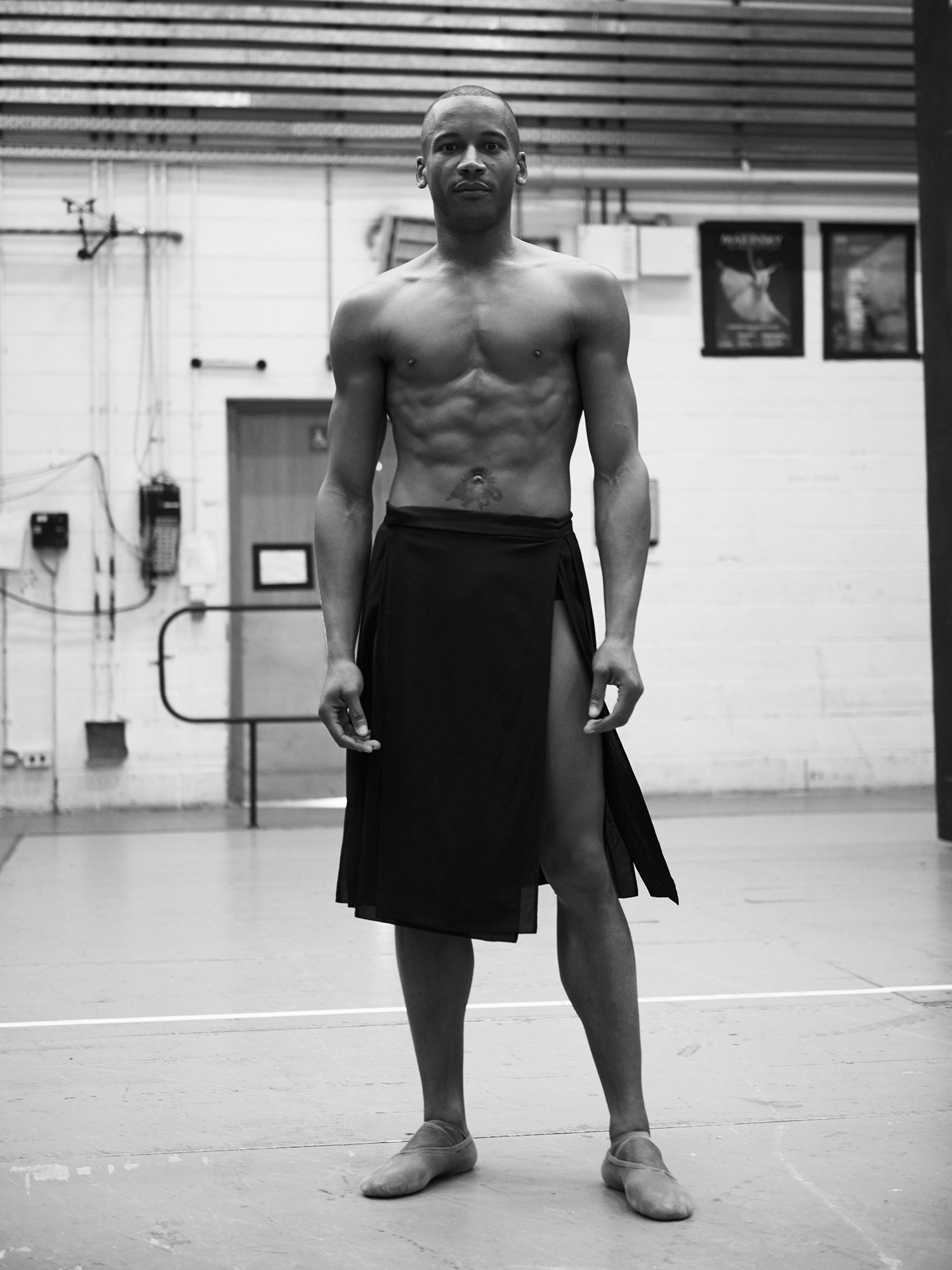
This elegant opening also provides space for another central theme, the examination of masculinity, to unfurl on stage. “I wanted to challenge male physicality in a different way,” McGregor says. “It’s about brute power and then that dynamism between extreme tenderness and extreme brutality – these opposites are contained within a body, anybody's body, not just male bodies. I thought that would be an interesting trajectory.” Throughout Obsidian Tear, the dancers’ “masculinity” fluxes and coalesces as they express force and affection, ferocity and vulnerability. The nine characters are primal then refined. Ancient yet futuristic. Individuals but cohorts. And all of these ambiguities are further heightened by their outfits – which are elevated yet easy and accessible – plucked from the S/S16 collections by designers such as Vivienne Westwood, Craig Green, Hood By Air and recent Central Saint Martin’s graduate, Assaf Reeb.
“I knew it was a piece that shouldn't have costumes but clothing,” says McGregor. “And what I wanted to explore with Katie was: what is maleness? Gender definition, around classical ballet particularly, is very stereotyped, but my material has always been much more fluid, and so I wanted to work with her in order to reinforce that.” And Shillingford was thrilled to participate. “I'm actually still on maternity leave, but I really wanted to do this,” she says. “A lot of [McGregor’s] work is about blurring gender lines. It was important for me to create something that had a lot of masculine strength to it, as well as femininity, but not make it camp.”
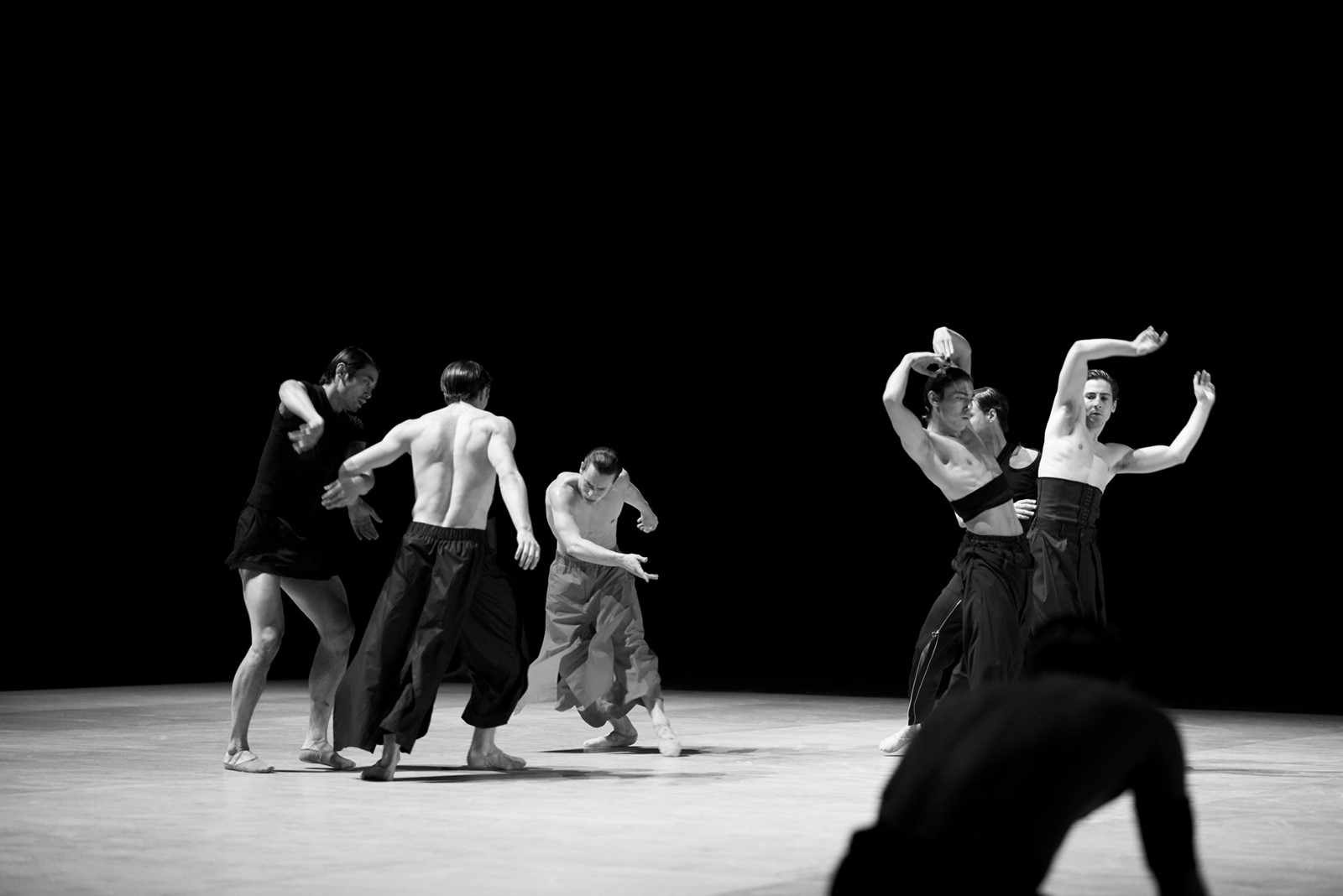
“Katie had his idea of curating a collection of clothes by different designers that identified its own tribe through shared elements influenced by the zeitgeist so that there is cross-talk between them,” continues McGregor. “It’s beautifully curated. Simultaneously mythic and modern.” Shillingford treated the project similarly to an editorial commission. “It was experimental at first. We also pulled womenswear, but didn't end up using any of it. I thought it was important to look at this season but also think about it as something that will exist forever and be timeless. I did an initial set of playing around with a model then we spent time with the dancers trying things on before refining it. What was difficult, as I'm not a fashion designer, was to almost make it look like it was one collection but with pieces which were from completely different worlds. That was the challenge for me.”
The dancers' physiques also heavily influenced her selections and styling, an illuminating example being theTelfar top worn by Alexander Campbell. “On a hanger it looks like a normal vest, but it's asymmetric – so when you put it on a muscular body like Alex’s, it becomes quite provocative and sensual, but at the same time retains a toughness. It’s about giving it a twist, like putting that beautiful chiffon skirt by Gareth Pugh on Eric [Underwood]’s strong body.” Another standout piece is the Hood By Air shirt dress worn by Royal Ballet principal, Edward Watson, that serves to reinforce his character’s power as a leader, but also accentuates his emotional frailty as the piece moves towards its climax. The original fusion of ballet and fashion is a triumph, it seems – and so is Obsidian Tear, judging by the seemingly endless ovations resounding through the Royal Opera House on its opening night.
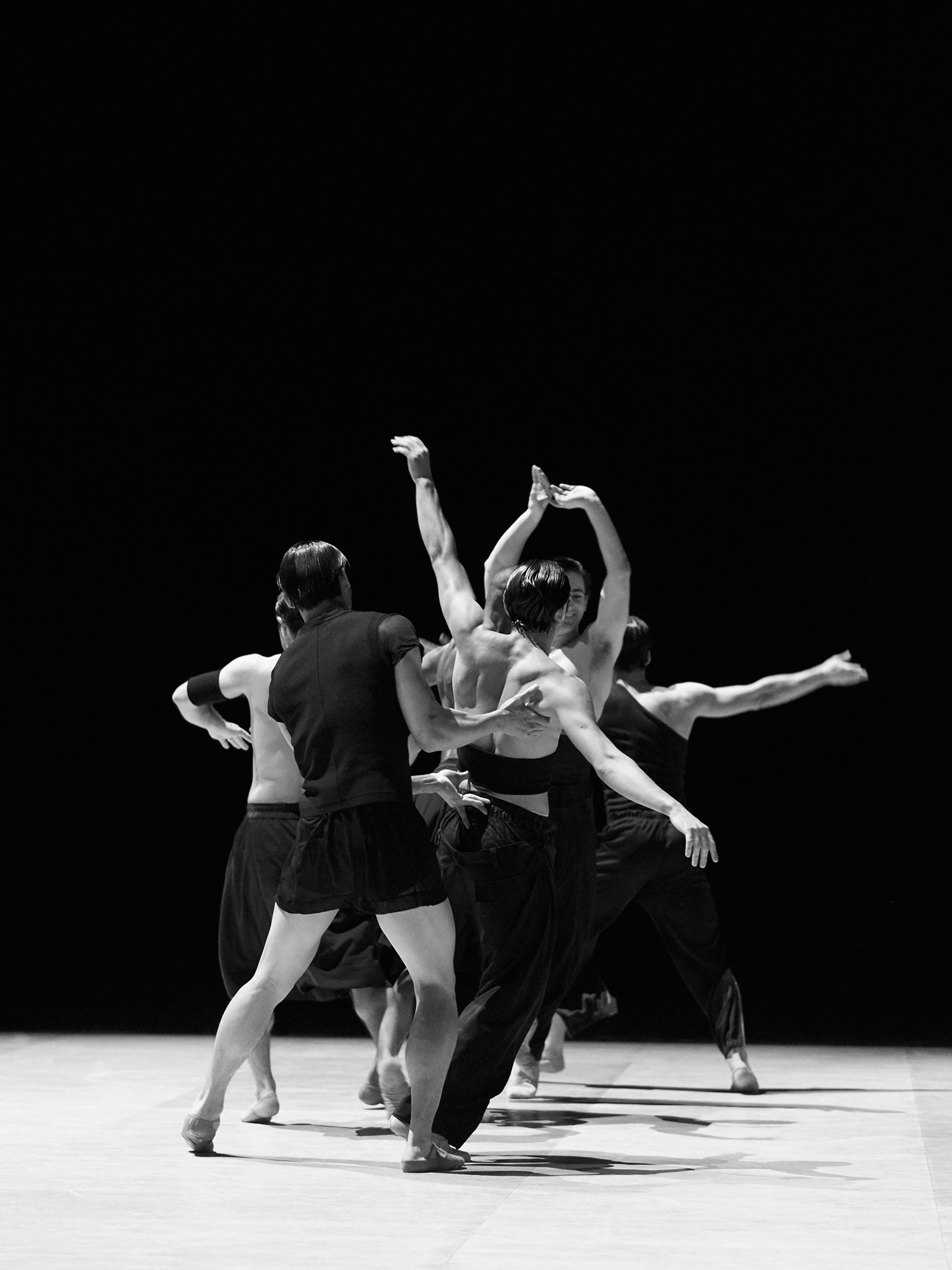
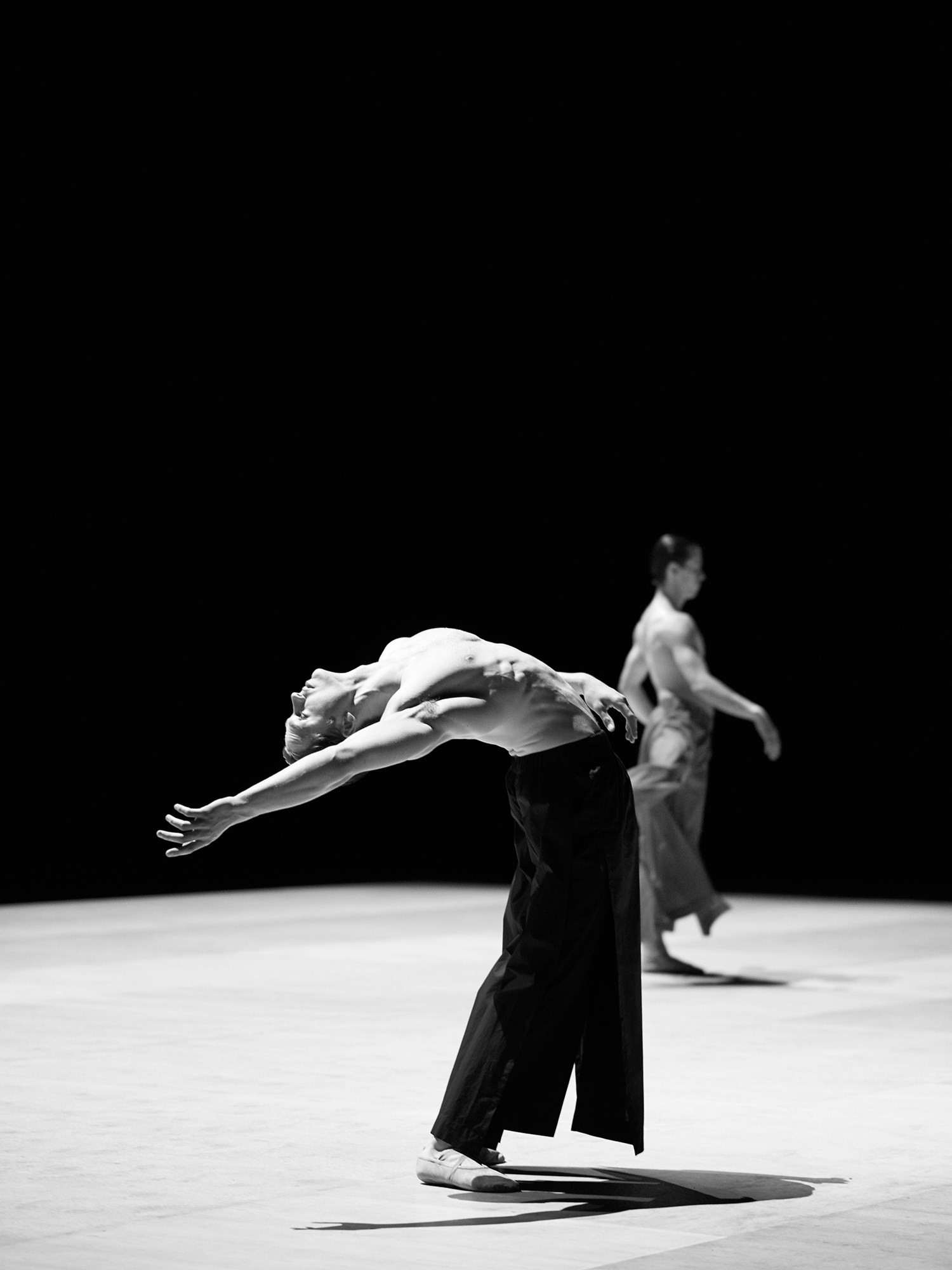
Obsidian Tear runs until June 11, 2016 at the Royal Opera House, London.
